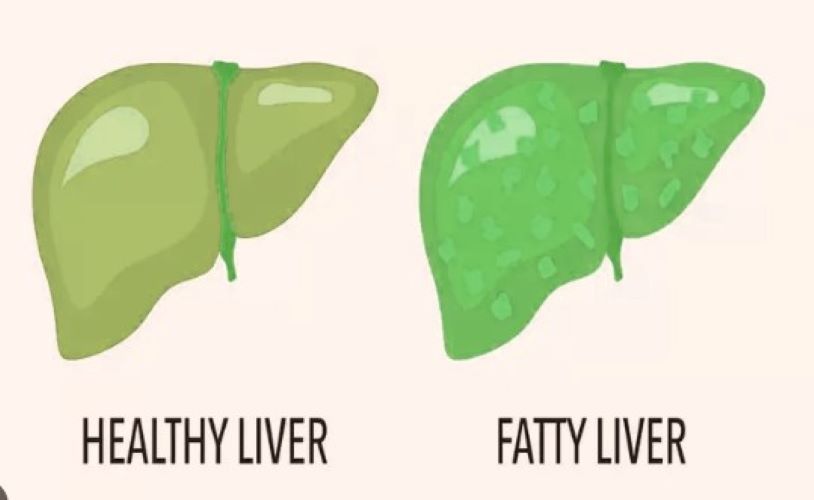Rising cases of Non-Alcoholic Fatty Liver Disease a cause of concern

As we observe the World Hepatitis Day today, Dr Neeraj Dhar, Senior Consultant – Hepatology and Gastroenterology at Sarvodaya Hospital, Sector 8, Faridabad, talks about the prevalence of non-alcoholic fatty liver disease and how one can prevent its occurrence.
In recent years, India has witnessed a significant increase in the incidence of Non-Alcoholic Fatty Liver Disease (NAFLD), turning it into a silent epidemic that poses a severe threat to public health, according to liver specialists. The disease, characterised by fat accumulation in the liver, has emerged as a major health concern due to its close association with obesity and diabetes. The increasing prevalence of NAFLD is closely linked to lifestyle changes and metabolic disorders that are becoming increasingly common in the country.
NAFLD affects people who have an excessive buildup of fat in their liver cells even though they consume little to no alcohol. Several risk factors are contributing to its prevalence in India including a sedentary which leads to obesity and metabolic disorders, consumption of high-calorie and high-fat diets, rising incidence of insulin resistance, and some genetic factors.
Initially, NAFLD may manifest as benign fatty liver, but it can progress to more severe forms like non-alcoholic steatohepatitis (NASH), cirrhosis, and liver failure, the doctor said. The consequences of NAFLD extend beyond liver-related issues. As the disease progresses, it can lead to inflammation, scarring, and liver cell damage, culminating in liver cirrhosis and even an increased risk of liver cancer. NAFLD is also closely associated with an elevated risk of cardiovascular diseases, including heart attacks and strokes.
I can recount many challenges in combatting the challenge of NAFLD in India, the foremost of which is the lack of awareness among the general population. Most people in urban areas with a sedentary lifestyle, who are most susceptible to the disease, are unaware of the condition and its consequences. This leads to delays in diagnosis and treatment. Comprehensive screening programs for NAFLD are not widely available in India, leading to underdiagnosis and missed opportunities for early intervention.
How to roll back NAFLD
The government, NGOs, and hospitals must launch awareness campaigns to educate the public about NAFLD, its risk factors, and the importance of adopting a healthy lifestyle. Implementing screening programs for at-risk individuals, such as those with obesity, diabetes, and metabolic syndrome, can facilitate early detection and intervention. Encouraging and promoting healthy dietary habits and regular physical activity can help prevent and manage NAFLD effectively. Further research on the specific genetic factors and risk factors contributing to NAFLD in the Indian population can help in developing targeted therapies and preventive strategies for the disease.
Other chronic liver diseases, such as alcoholic liver disease, viral hepatitis, and cirrhosis, continue to be major causes of morbidity and mortality in the country, the doctor said. Hepatitis B and C also pose a considerable burden on liver health. The burden of liver disease in India varies across different states and communities. Factors like socioeconomic status, access to healthcare, and cultural practices influence the profile and prevalence of liver diseases in specific regions.
Dr Neeraj Dhar is Senior Consultant – Hepatology and Gastroenterology
at Sarvodaya Hospital, Sector 8, Faridabad


